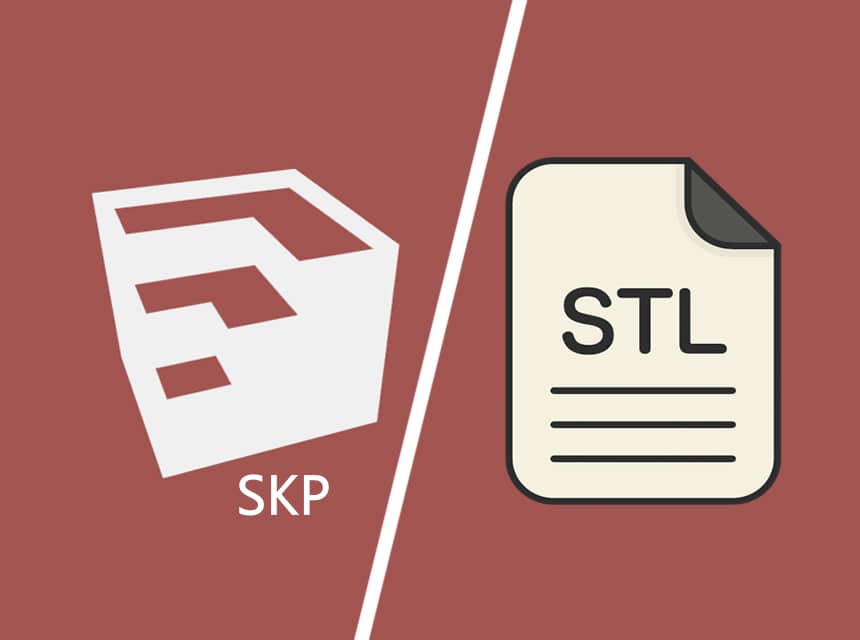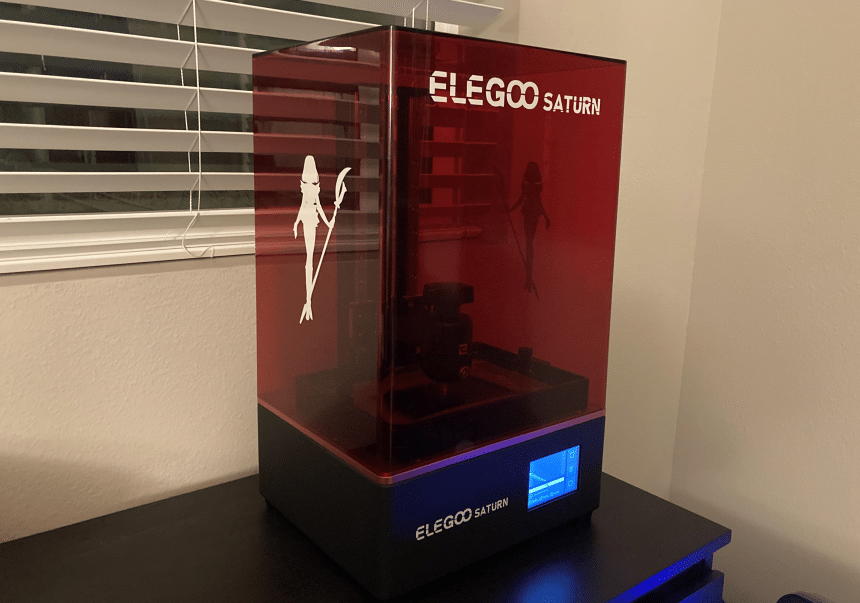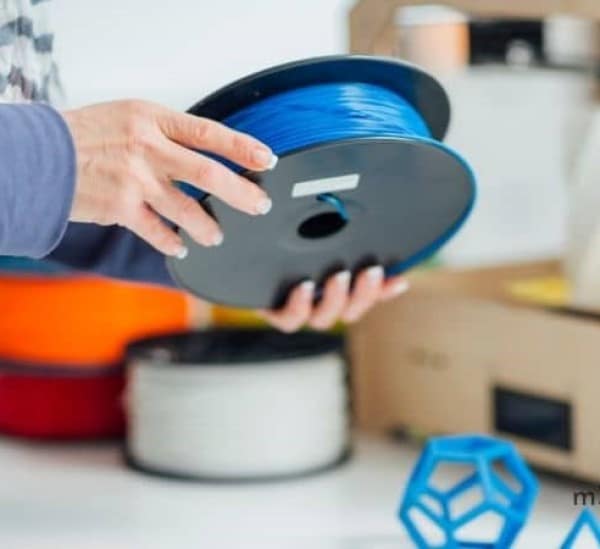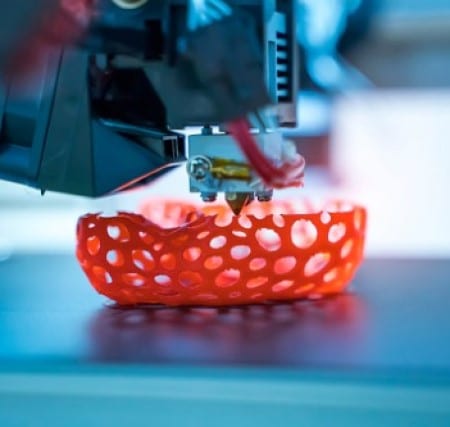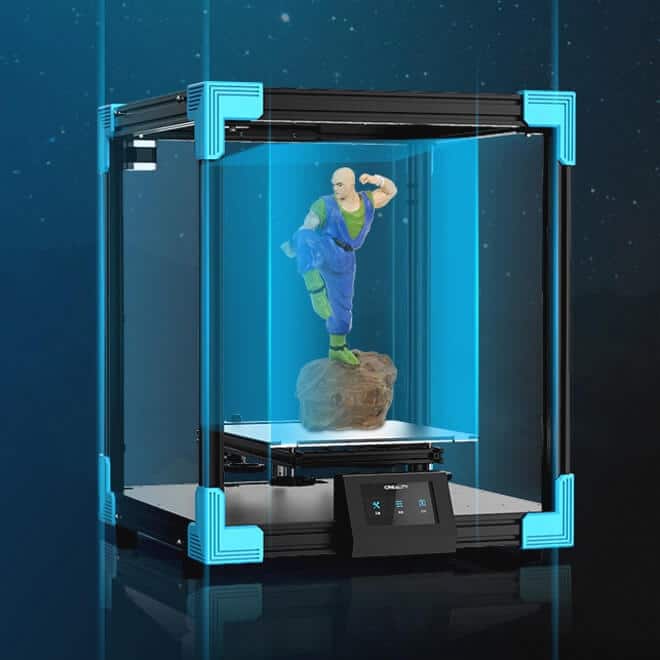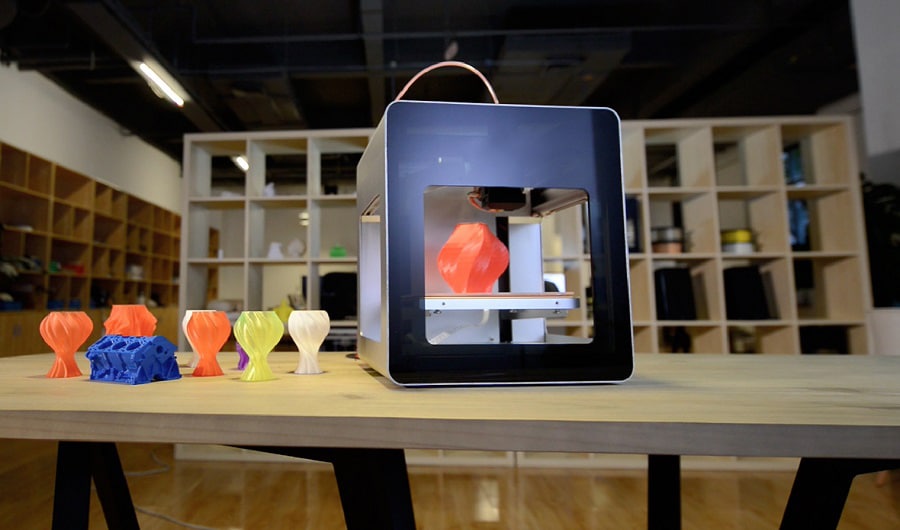

Klipper firmware is an alternative to Marlin firmware and was released a little later with promises of high 3D printing speed and better print quality. Klipper’s popularity has grown too fast as it is a top preference for many 3D printing hobbyists and manufacturers. Marlin has equally come a long way since it was first developed, as many 3D printers in the world use its variant for their functioning.
In this article, we do a Klipper vs. Marlin side-by-side comparison to help you make an informed choice between the two solid 3D firmware. Our comparison criteria will help you understand the differences and similarities between the firmware so you can choose what suits your needs best.
A 3D printer firmware is like a bridge between your 3D printer’s software and hardware. It translates the input (Gcode) into the 3D printer’s physical actions. In essence, firmware is partially responsible for the final quality of the 3D-printed models. Moreover, it allows you to access all the features of your 3D printer.
The Marlin Firmware allows your 3D printer’s microcontroller to interface with various hardware components and compute the printer’s movements. Marlin is meant to run on low-powered 8-bit boards with limited processing power. The limited memory of the 8-bit boards leaves little room for additional features. On the bright side, the latest Marlin 2.0 works with 32-bit motherboards, allowing you more processing power and better 3D performance.
Klipper uses an additional processing unit and the 3D printer’s microcontroller to give superior printing performance. The processing unit (Raspberry Pi) computes the 3D printer’s movements according to the Gcode and then sends the commands to the printer’s microcontroller. The microcontroller interfaces and transmits these commands to the printer’s hardware.
Are you in the market for a budget-friendly 3D printer and need help to settle on one of the many options available? The Creality Ender 3 by Comgrow is one of the most acclaimed 3D printers under $200. It has a resume printing function and assembles easily.
Marlin Trusted Source What is Marlin? | Marlin Firmware A brief introduction to Marlin marlinfw.org is a popular open-source firmware for FDM 3D printers, pen plotters, laser cutters, and CNC machines among others. Here are the features and advantages of running Marlin on your 3D printer.
Marlin values practicality as it is one of the least sophisticated firmware in the market. Unlike many other 3D printer firmware, Marlin does not require additional hardware or software to perform its basic functions. It is incredibly light and only requires one single control board for hardware.
Marlin provides jargon-free documentation, so you can easily access and understand the information on firmware configuration. The information is extensive, highly detailed, and approachable for inexperienced users.
Installing and replacing Marlin is such a breeze. Most of the time, you will only need to flash the new or updated firmware onto the 3D printer mainboard. Some old 8-bit mainboards may require you to use difficult firmware flashing procedures, but all modern boards only require a USB connection to a PC or SD card loaded with the firmware file.
Marlin has different features for monitoring and preventing electrical issues. Thermal runaway detection is the most common; it monitors and shuts off the printer’s heating components when something is off. It will make the printer abort the printing job and notify you about the issue.
Marlin’s flexibility is one of its top-selling points. You can easily implement any major and minor hardware changes through its customization scheme. With Marlin, you can easily upgrade your 3D printer by adding speed-controlled fans, sensorless homing, and extra extruders. The flexibility makes Marlin ideal for advanced creators making their printer from scratch as it is compatible with different printer styles like Delta, Core XY, Cartesian and more.
Marlin has a unique feature; linear pressure advance, preventing severe extrusion issues that may compromise print quality. Linear advance comes in handy in high-speed printing or printing models requiring multiple mid-print retractions. It uses a compensation method to regulate the pressure in the printer’s nozzle to suit the printing speed and nozzle flow so that the extrusion lines are as uniform as possible.
Marlin is a super-popular firmware, and the popularity comes with benefits. Popularity means a large user community, which makes troubleshooting and customization of the firmware simple. The official documentation is sufficient, but it can only cover so much. With a large user community, you can always learn from one or two users who have experienced similar issues.
Marlin’s popularity and long market presence are proof that the firmware is reliable. It has its own issues and bugs, but many companies, hobbyists, and makers rely on it to produce goods daily.
Marlin has plenty of updates, and every new release comes with improvements, bug fixes, LCD updates, new features, and newly supported mainboards.
This is one of Marlin’s top features that contribute to its enhanced printing performance. It approximates the filament pressure in the nozzle and adjusts the flow rate accordingly to reduce the oozing of the filament during travel. This prevents stringing in the 3D print. According to an article by Research Gate Trusted Source Minimizing Stringing Issues In FDM Printing Among all the additive manufacturing processes, FDM (Fused Deposition Modelling) is the most used due to its high availability and low cost. www.researchgate.net , stringing occurs when plastic oozes out of the nozzle while the extruder travels to a new location. This results in small strings left behind on a 3D-printed model.
This unique temperature control system uses model simulation to bring the printer’s print bed and hot end to the set temperatures. It is quicker, more reliable, and precise than the traditional PID control.
Klipper Trusted Source Welcome - Klipper documentation Klipper is a 3d-Printer firmware. It combines the power of a general purpose computer with one or more micro-controllers. See the features document for more information on why you should use Klipper. www.klipper3d.org is a standalone firmware that does all the computation and math involved in controlling your printer. All the computation and math are done on the Raspberry Pi, leaving the built-in controller with fewer tasks, so you have a much more powerful controller running your printer. Here is why you should opt for Klipper firmware;
Klipper offers a faster stepping rate than most firmware. On an old 8-bit RAM’s board, Klipper can do 100,000 steps per second, and for modern 32-bit systems, you can get a whopping 600,000 steps per second. The firmware will let you push your machine faster and harder than any other in the market.
You can easily set up and configure Klipper on web interfaces like Octoprint or standalone interfaces like Fluid and Mainsail. Updating the firmware is as simple as adding or adjusting some commands on the configuration file, saving, and pressing the restart button.
With Klipper, you can control many controller boards to support extra steppers. All you have to do is flash firmware to the extra controller, then plug it into your Raspberry Pi and assign it as a second controller board for extra stepper in the configuration settings.
If you are in need of a new controller for your Creality Ender 3D printer, the Creality Ender 3V2 controller by Skouphy is one of the best controllers that money can buy. The LCD display screen controller works with various Ender 3 printers.
The inpust shaping feature which prevents ringing in your 3D printer makes it possible to run the printer at a faster speed.
Klipper runs on Python which allows the addition of extra features like kinematic support for different styles of printers. If you know how to program python, you can have as many useful additional features as you want.
Klipper is evolving rapidly and new features are constantly being added to its new versions. The accelerometer control feature is a prime example of a recent feature.
As mentioned before, Klipper does all computations and math including stepper motor movement on a separate processor like Raspberry Pi then transmits all the commands to the printer’s microcontroller. Since the microcontroller’s only job is to execute the commands, it guarantees precise stepper movements.
Klipper firmware can push your machine harder and faster than other firmware out there. It can deliver high stepping rates of 175K steps per second with 8-bit microcontrollers. You may never need such high stepping rates but if you decide to add more stepper motors to your printer, Klipper has you covered.
This is like Marlin’s linear advance feature. The smooth pressure advance feature also helps reduce stringing. However, it is much easier to set up and adjust than the linear advance feature. You can set the pressure advance value any time without editing Gcode files or reflashing the firmware.
Input shaping is a unique feature that sets Klipper apart. It reduces ringing effects on your 3D prints, which according to Klipper is caused by mechanical vibrations in the printer when the printing direction changes abruptly. In essence, input shaping is a control technique that creates a commanding signal to cancel these vibrations.
With Klipper, you can control as many controller boards as you can plug into the Raspberry Pi. You can add separate controllers for leveling devices, print beds, extruders and others. This gives you better control and allows you to make the most out of your 3D printer.
According to 3D printing Wiki, Trusted Source 3D printer firmware Here is a non-exhaustive list of common firmware for 3D printer main boards. Just because a firmware isn’t listed here it doesn’t mean it isn’t good! depau.github.io Klipper and Marlin are among the most popular firmware in the 3D printing industry. Both firmware are exceptional, but they have a few differences and similarities that set them apart.
Changing Marlin’s configuration can be daunting to novices as it involves changing one or two configuration files. On the bright side, there are many pre-packaged builds for virtually all types of printers and peripheral setup. You can also use the vast amount of online videos and other material available.
On the other hand, modifying Klipper configuration files is relatively easy. The configuration is stored in editable text files that don’t require you to reflash controllers. Easy configuration makes Klipper a prime option for people building new machines from scratch or generally need to make multiple configurations. The only downside is that although Klipper is easier to configure, there isn’t enough online help as there is for Marlin. Moreover, since it evolved quickly, it is hard to find installation and configuration instructions that match the most up-to-date version.
Marlin and Klipper have a similar functionality but Klipper has various unique and advanced features;
Linear pressure advance and smooth pressure advance: Marlin has Linear advanced feature and Klipper has smooth pressure advance. Linear advance feature is meant to manage extruder flow and improve the quality of final prints. Smooth pressure advance performs the same function, but it uses a slightly different calibration method that many people find more accurate and a tad easier to use. Plus, its more advanced algorithm also improves performance.
Multiple controllers: Adding extra stepper motors and other peripherals is much easier with Klipper than Marlin.
Kinematics and resolution: Klipper works to a finer level of details because it uses more sophisticated motion processing. It also enhances print speed and quality than Marlin as it can drive more steps per second.
Klipper has fewer formal updated than Marlin which has more frequent releases. Both Marlin and Klipper make the most up-to-date builds that you can easily access on a daily basis.
Both Marlin and Klipper are easy to integrate with additional software. Many users prefer to augment Marlin with software like OctoPrint to get a built-in ability to control and monitor the 3D printer remotely with a live camera. You can get advanced functionality with OctoPrint plug-ins. OctoPrint uses strings of G-code commands to communicate with Marlin firmware via USB.
Klipper was developed with OctoPrint in mind as a user interface. An alternative plug-in that would give you advanced functionality with Klipper is Octoklipper. It is dedicated to Klipper only. However, OctoPrint and OctoKlipper do not make a good combination because OctoPrint uses Raspberry Pi resources that Klipper is meant to use. Moreover, OctoPrint interrupts G-code stream in a manner that can affect Klipper. This lead to the development of Klipper dedicated user interfaces like Fluid and Mainsail. Besides providing useful display information and the ability to change Klipper and print settings they feature add-on functionality like OctoPrint plug-ins.
Installing Marlin is as easy as flashing new or properly configured firmware onto the target controller. Marlin’s developers created an easy-to-follow tutorials for the process. The installation process may vary for different devices but it is usually done with an SD card or a USB cord.
Installing Klipper is similarly easy as it also requires flashing properly configured firmware on the printer’s controller. The installation process is pretty similar to Marlin’s. Thanks to the Klipper Installation and Update Helper (KIAUH) installing Klipper and other add-ons is more straightforward even for inexperienced users.
As mentioned earlier, Marlin and Klipper are both excellent firmware options. You should choose one according to your workflow and what you expect from your 3D printer.
Klipper is a fantastic choice if you want a fast 3D printing experience as it delivers high-quality prints at a faster speed. Also, it will allow you to make the most out of your 3D printer. It is super-easy to use once you familiarize yourself with the user interface.
Marlin is a better option if you are looking for simplicity and easy setup. It allows you to access increased functionality of your 3D printer especially if you combine it with add-ons like OctoPrint.
Klipper and Marlin are the most popular firmware among manufacturers, hobbyists and makers. They are both exceptional and reliable. Choosing either of the firmware depends on what you expect of your 3D printer and your workflow. According to this Klipper vs. Marlin comparison guide, Klipper is a great choice if you need fast printing speed and top-quality prints. Marlin also produces high-quality prints but is better suited to creators who love simplicity.
Moreover, Marlin has been around longer and thus has a larger user community that makes using it fun and easier. You can always find a solution to any challenge you are facing from members of the community. Klipper is also steadily gaining ground and its community will soon be as big as Marlin’s.
